Shati- Hedychium spicatum is a plant mentioned in Ayurveda for the treatment of swelling, diseases of the oral cavity, alopecia, sinusitis, diseases of the respiratory tract and indigestion.
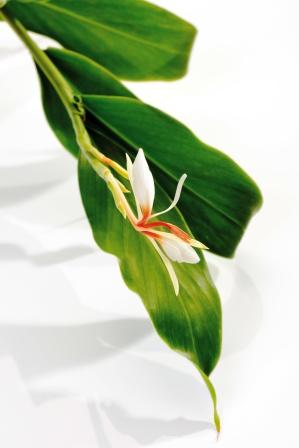
Latin name- Hedychium spicatum Buch Ham., Curcuma zedoaria – Both these plants are used in the name of Shati.
Family- Zingiberaceae (Ardraka Kula)
Table of Contents
Vernacular names
Names in different languages:
Hindi name – Kapur kachri, Sitruti, Kachoor
English name- Spiked ginger lily, Perfume ginger, Zedoary
Arabic name – Jaramdada
Assamese name- Katuri, Sati
Bengali name – Karpurakachari, Shati, Kachri
Gujarati name – Kapurkachali, Kapurkachari, Kapur Krachari
Kannada name – Gandhasati, Seenakachora, Kachora, Kacchura
Malayalam name – Katcholam.
Marathi name – Kapurakachari, Gabla kachari
Oriya name – Gandha Sunthi
Punjabi name – Kachur, Kachoor, Khor.
Tamil name – Poolakizhangu, Kichilikizhangu.
Telugu name – Gandha Kachuralu
Kashmir – Kapurkachara
Oriya – Gandha Sunthi
Arab – Jaramdada
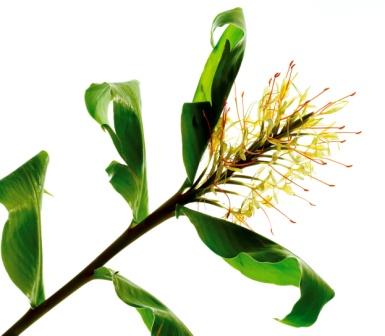
Morphology
Morphology of Hedychium spicatum:
Shati is a small shrub growing to a height of 2-3 feet and is found in the Himalayan range and mountains of Himachal Pradesh, Sikkim, Nepal, Bhutan.
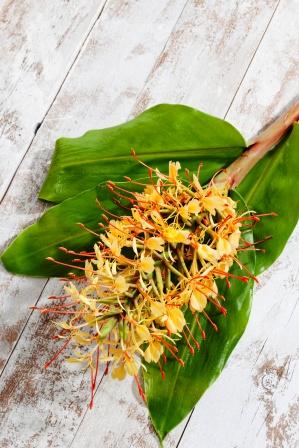
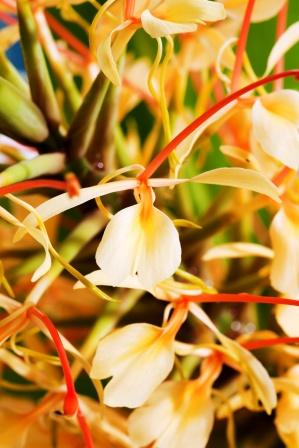
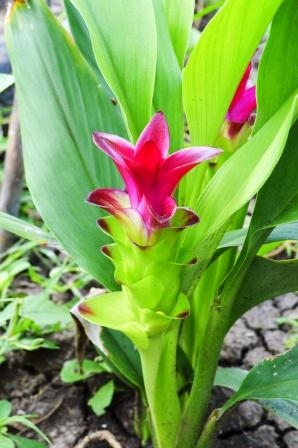
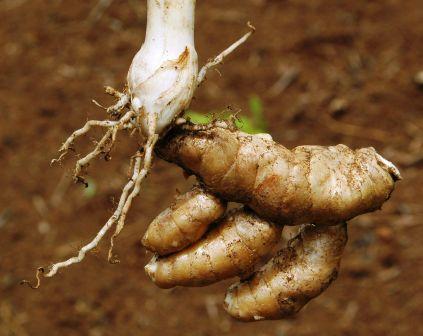
The rhizome is white colored inside, long, bitter and has a strong odor and flavor. The leaves are 10-12 inch long, wide and smooth. Flowers are white colored, with slightly reddish stigma. The fruits are round and are seen in the rainy season. The plant is a native to China, Myanmar and Ethiopia.
Properties, part used, dosage
Properties:
Rasa (Taste) – Katu (Pungent), Tikta (Bitter) Kashaya (Astringent)
Guna (Qualities) – Laghu (Light for digestion), Teekshna (Pungent in nature)
Vipaka – Katu (Undergoes Pungent taste after digestion)
Veerya (Potency) – Ushna (Hot)
Karma (Actions) – Kaphvata shamaka (reduces vitiated kapha and vata dosha)
Pharmacological actions – Antispasmodic, Anti hypertensive, Carminative, Stomachic, Emmenagogue
Part used- Rhizome
Dosage-
Powder- 1 to 3 g
As per Bhojana Kutuhalam eleventh chapter, Shati is bitter and sour in taste, light for digesting and hot in potency, imparts taste and treats fever. It cures kapha and blood related disorders, pruritus, wounds and oral diseases.
Chemical composition
Chemical composition of Hedychium spicatum:
Rhizome gave sitosterol and its glucoside, a furanoid diterpenehedychenone and 7-hydroxyhedychenone. The essential oil contains cineole, gamma-terpinene, limonene, beta- phellandrene, pcymene, linalool and beta-terpineol as major constituents. The plant also contains starch, volatile oils and carbonic acid.
Uses of Shati:
- The paste of the rhizome of Shati is applied over the area affected with joint pain and localized swelling.
- The powder of the rhizome of Shati is used as tooth powder to treat conditions of gingivitis and bad odor of the mouth.
- The paste of the rhizome of Hedychium spicatum is applied with sesame oil or coconut oil over the scalp region in conditions of alopecia and dandruff.
- In the condition of sinusitis, sesame oil processed with powder of Shati is used for nasal drops.
- Cold infusion prepared from the rhizome is given in a dose of 25-30 ml along with a few drops of honey to treat respiratory diseases like cough and asthma.
- The dried powder of rhizome of Hedychium spicatum (3-5 g) is given with buttermilk or hot water to treat diarrhea and indigestion.
- Stem and rhizome paste is applied over the area affected with wound and skin infection.
- In the condition of fever, the decoction of Shati is given in a dose of 30-40 ml as part of treatment.
- The dried fruits are reported to be added to soften meat and pulses during cooking.
- The extracted oil of the rhizome is used in soaps and oils as an aromatic agent.
Sanskrit verse
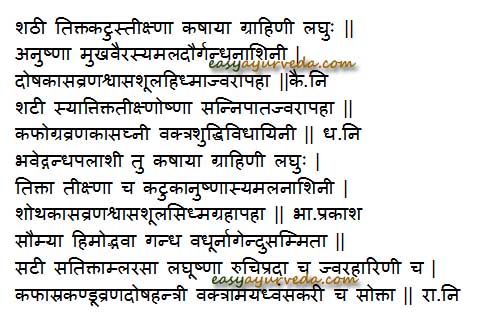
Uses, Indications
Uses as per Ayurveda:
Teekshna – strong, piercing
Kashaya – astringent
Grahini – absorbent, useful in diarrhea, IBS
Laghu – light to digest
Anushna – not very hot
Indicated in –
Mukhavairasya – bad breath
Maladaurgandhya – bad smelling sweat, urine and feces
Kasa – cough, cold
Vrana – Ulcers, wounds
Shwasa – asthma and chronic respiratory disorders
Shoola – abdominal colic pain
Hidhma – hiccups
Jwara – fever
Rakta shodhaka- Extract of kachura along with pepper in cold.
Anti fungal- Essential oil is used.
Swarya, sheeta, jwara- Sticky paste of kachura is applied to the mouth, cleans the throat.
Cough and Bronchitis- Kachura decoction together with long pepper, cinnamon, liquorice and honey or sugar candy.
On Bruises- The pounded root is applied as a paste to the body combined with alum.
Skin diseases- Used as an odoriferous ingredient in cosmetics, used for the cure of chronic skin disease.
Dropsy- Kachura used in combination with other medicines and also in the preparation of medicated oil. Leaf juice is also used.
Nadivrana, dustavrana, visarpa- karchura taila
In extradermal hematomas this drug is used as one of the ingredients in Chinese medicine.
External uses
It is used for application in arthritis and wounds.
Vrana ropana- Paste of kachura applied on bruises and wounds.
In dental diseases, it is used for application on the teeth as a tooth powder.
Shati mixed with oil is used for fumigation to remove bad smell.
Its application is done in alopecia and nasal administration is done in diseases of the head.
Folklore uses
Locally a roasted powder of its rhizome is given in asthma.
The seeds of this are used to cause abortionIn the Unani system it is used as carminative, expectorant, Emmenagogue and laxative.
The root is used in Tibetan medicine, it is said to have an acid taste and heating potency. It is digestive, used against stomach pain and as a vasodilator.
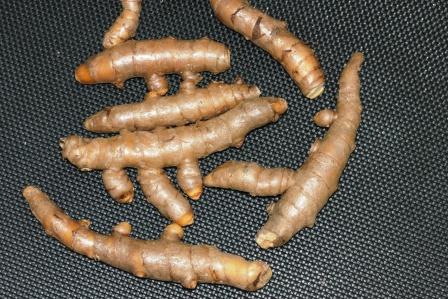
Adverse effect
No adverse effect is known or reported after the normal use of Shati.
Interaction with medicines, supplements
Can this be used while taking Homeopathic medicine?
Yes. This product does not react with homeopathic medicine.
Can this medicine be continued while taking supplements like multivitamin tablets, Omega 3 fatty acids etc?
Yes. Generally, this product goes well with most dietary supplements. However, if you are taking more than one product per day, please consult your doctor for an opinion.
With western
medicines
Seek your
doctor’s advice if you are taking this product along with other western
(allopathic / modern) medicines. Some Ayurvedic herbs can interact with modern
medicine.
If both Ayurvedic and allopathic medicines are advised together, then it is
best to take Allopathic medicine first, wait for 30 minutes and then take the
Ayurvedic medicine.
Ayurveda medicines
Ayurveda Medicines containing Shati:
Haritakyadi rasayana: Haritakyadi rasayanam is a lehya used for the treatment of constipation, stomatitis, oral ulcers, sore throat, ascites, piles, enlargement of liver-spleen, worms, colitis, Gout, Anaemia, Hepatitis, obesity, dysuria, asthma and respiratory conditions.
Chardihara vati: It is a proprietary Ayurvedic medicine which helps control vomiting and improves appetite.
Ushirasava: Ushirasava is a medicine used in treating bleeding disorders, skin diseases, intestinal worms, inflammatory conditions and piles.
Nitynanda Rasa: It is a medicine in tablet form, used in treatment of gout, piles, lymphadenitis, tumors, elephantiasis, etc.
Aravindasava: It is a medicine used in children to improve digestion, body weight and strength. It is also used as a general tonic for all childhood complaints.
Sarivadyasava: Sarivadyasava is used in the treatment of gout, diabetes, diabetic carbuncles and related skin complications, skin infections and in rheumatism. It is a natural blood detox product.
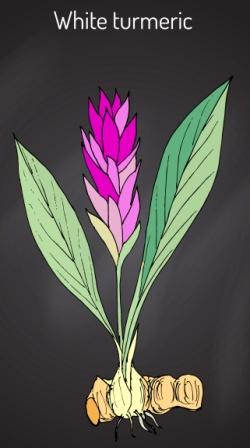
Prasootikamrita rasayana: It is a proprietary Ayurvedic medicine used in post- partum care.
Kankayana vati: Kankayan Vati is a tablet, used in treatment of piles, bloating, intestinal worms etc.
(last four herb pictures are of Curcuma zedoaria)
Research
Research on Hedychium spicatum:
Anti- bacterial study: The essential oil obtained from rhizomes of Hedychium coronarium Koenig and Hedychium spicatum Buch-Ham. growing wildly in the Kumaun region of central Himalaya were analysed by GC and GC-MS. Both the oils showed antibacterial activity against five pathogenic bacteria, viz. Escherichia coli, Staphylococcus aureus, Salmonella typhi, Pseudomonas aeruoginosa and Proteus vulgaris.
Anti- inflammatory action: Investigation of the biological activity of rhizomes indicate that they possess anti-inflammatory and analgesic activity. The anti-inflammatory activity was localized mainly in the hexane fraction from which one of the pure active constituents, hedychenone has been isolated. The analgesic activity was more prominent in the benzene fraction.
The present study is an attempt to explore the anthelmintic activity of rhizomes of Hedychium spicatum against adult Indian earthworms, Pheretima posthuma. The time taken for each worm for paralysis and death was determined. The results were compared with that of standard i.e., piperazine citrate. Methanol extract of Hedychium spicatum produced dose dependent anthelmintic activity whereas aqueous extract was not all effective. Methanol extract showed better anthelmintic activity when compared with the standard drug piperazine citrate.
Anti- microbial activity: Extracts from rhizomes of Hedychium spicatum were tested for their antibacterial and antifungal activity. Essential oil, petroleum ether and chloroform extracts showed inhibitory activity against Gram (+) and Gram (?) bacterial cultures, including a strain of methicillin and vancomycin resistant Staphylococcus aureus and fungal cultures.
Classical categorization
Bhavaprakasha- Karpooradi varga
Dhanvantari Nighantu- Guduchyadi varga
Kaiyyadeva Nighantu- Oushadhi varga
Raja Nighantu- Pippalyadi varga
Scientific classification
Kingdom: Plantae
Order: Zingiberales
Family: Zingiberaceae
Genus: Hedychium
Species: H. spicatum
Word derivation
Shati –
शढे रुजायां शस्यते इति, शट् रुजादौ ।
That is the one which has many nodes in it.
zaTati hi nasti, zaTha hi sAyAm
one which cures the Swasadi rogas.
Sanskrit Synonyms
Sugandha Moola, Sugandha Chuda, Chandra Gandha, Gandhalirika, Gandha Vadhurvadhu, Gandhamulika- The root has pleasant smell
Pruthu Palashika, Palashi- The stem has leaf nodule
Deerga patra- Leaves are long
Himodbava- Available in snow covered mountains
Vanya, Vanaja- Available in forest area
Soma sambhava, Somada, Tiktakandaka
Shad Grantha (Vacha – Acorus calamus has same synonym)
Suvrata, Chandrani – disc shaped rhizome
Sugruheetika, Kachhura, Durvidheya, Subhadra
Habitat
Himalayan region between 800-2800 m attitude,
Punjab, Nepal, Kumaon, Uttaranchal, Terai of Darjeeling and Sikkim.
Substitute
Hedychium coronarium
Adulterants
Curcuma zedoria
Kaempferia galanga
Author:
Dr.B.K.Prashanth M.D (Ayu), Ph.D
E mail: [email protected]
Click to consult Dr Prashanth BK
Sthanika karma (Systemic Acton)
Externally – Relieve edema, and pain. promote hair growth. Its powder can be applied along with other hair oils. Indicated in joint pain, abdominal distension etc. Its powder can be applied in case of toothache. also used as a mouth refresher. Powder mixed with oil is used in disorders related to the head and neck in the form of Nasya (Nasal installation) . It can be applied on wounds for faster healing.
Internally
Digestive system – it acts as carminative, Digestant, Indicated in abdominal colic, loss of appetite, Diarrhea, etc.
Circulatory System – Cardiac stimulant
Respiratory System – Indicated in breathing difficulties, cough, hiccough etc. Fumigation with this plant is beneficial in Asthma and Allergy.
Skin – Indicated in skin disorders (Kushta)
Indicated in fever










